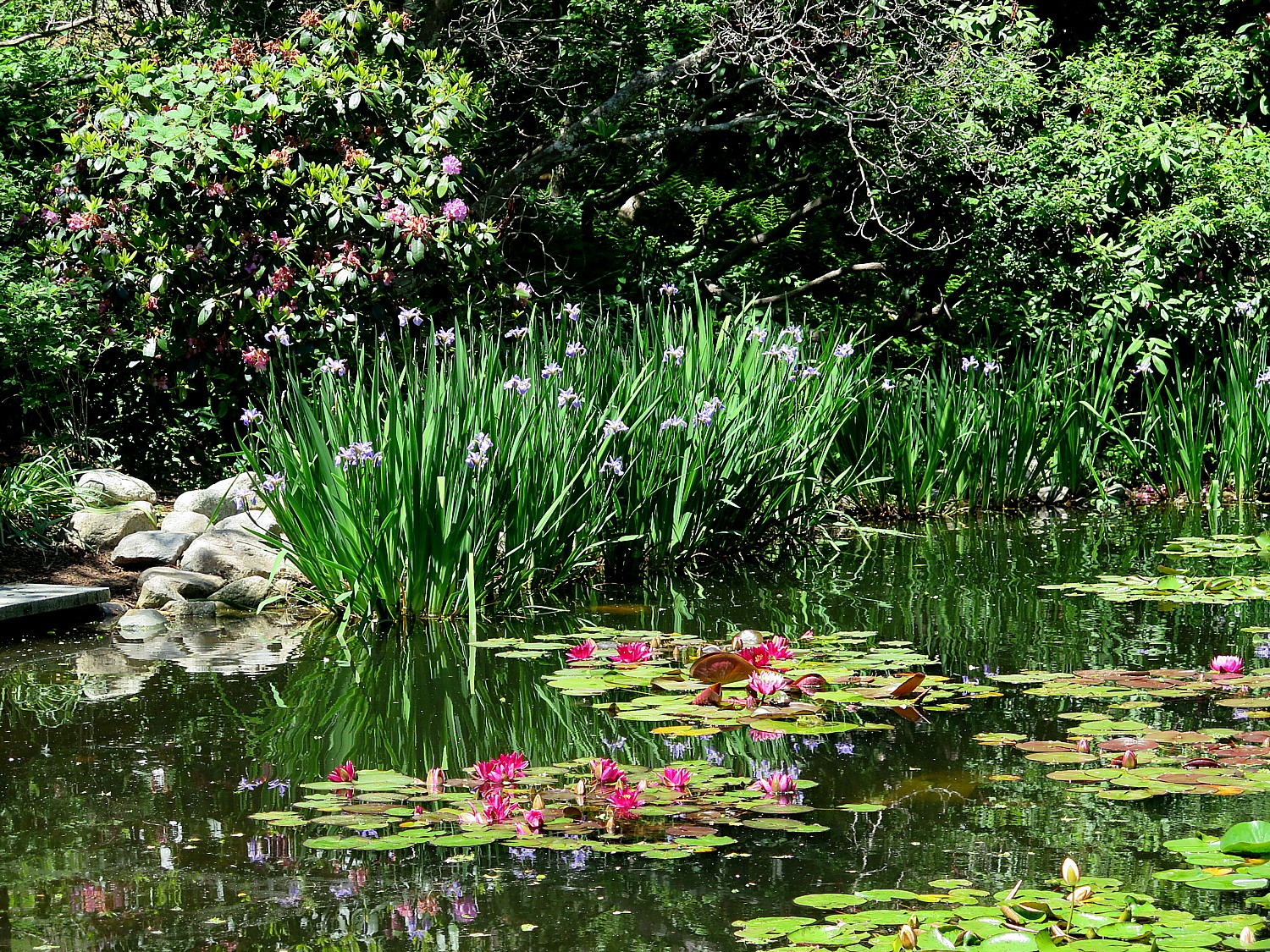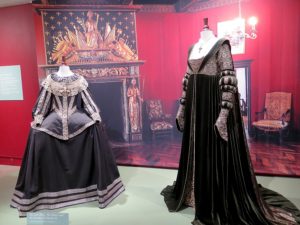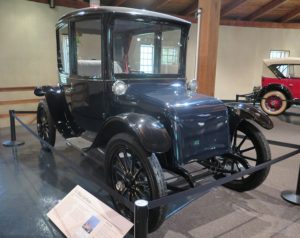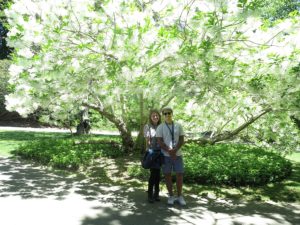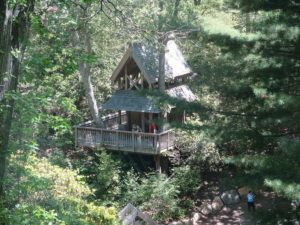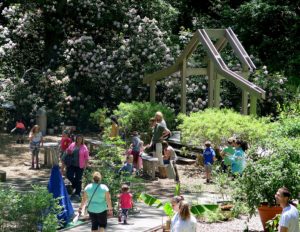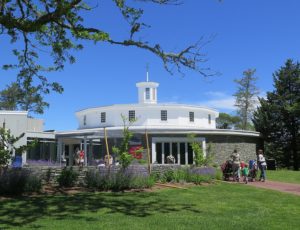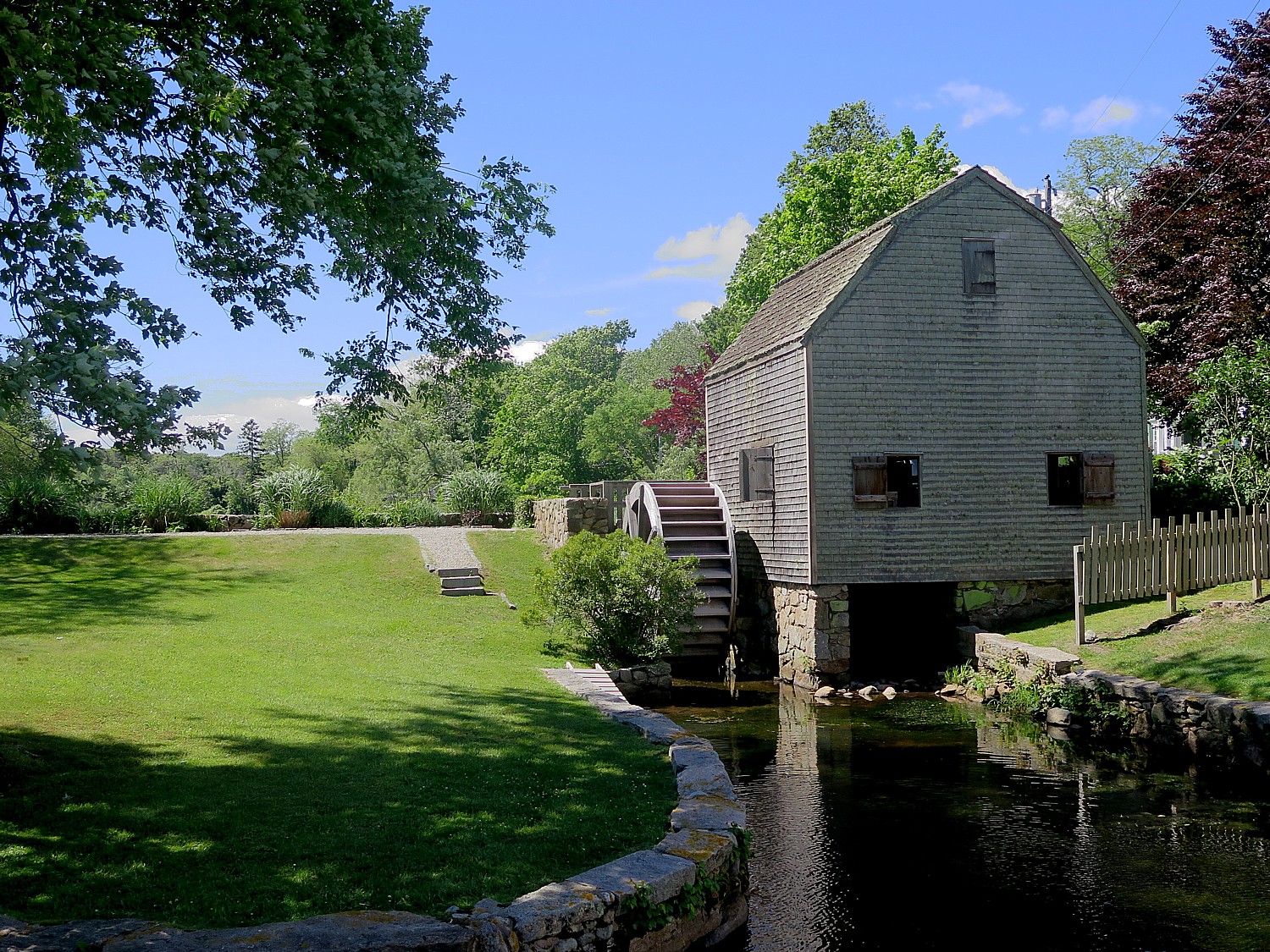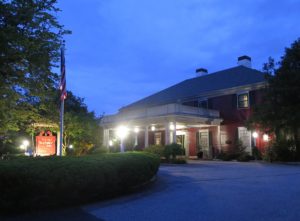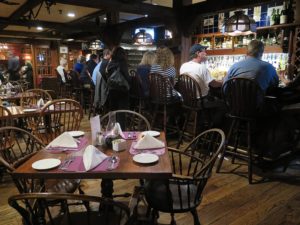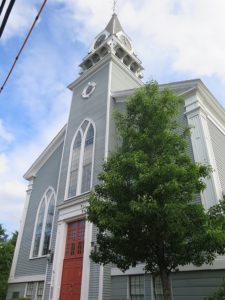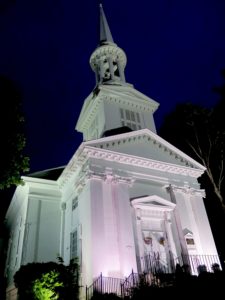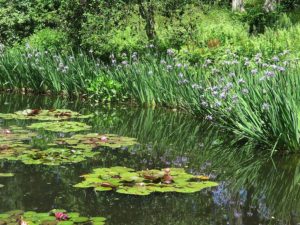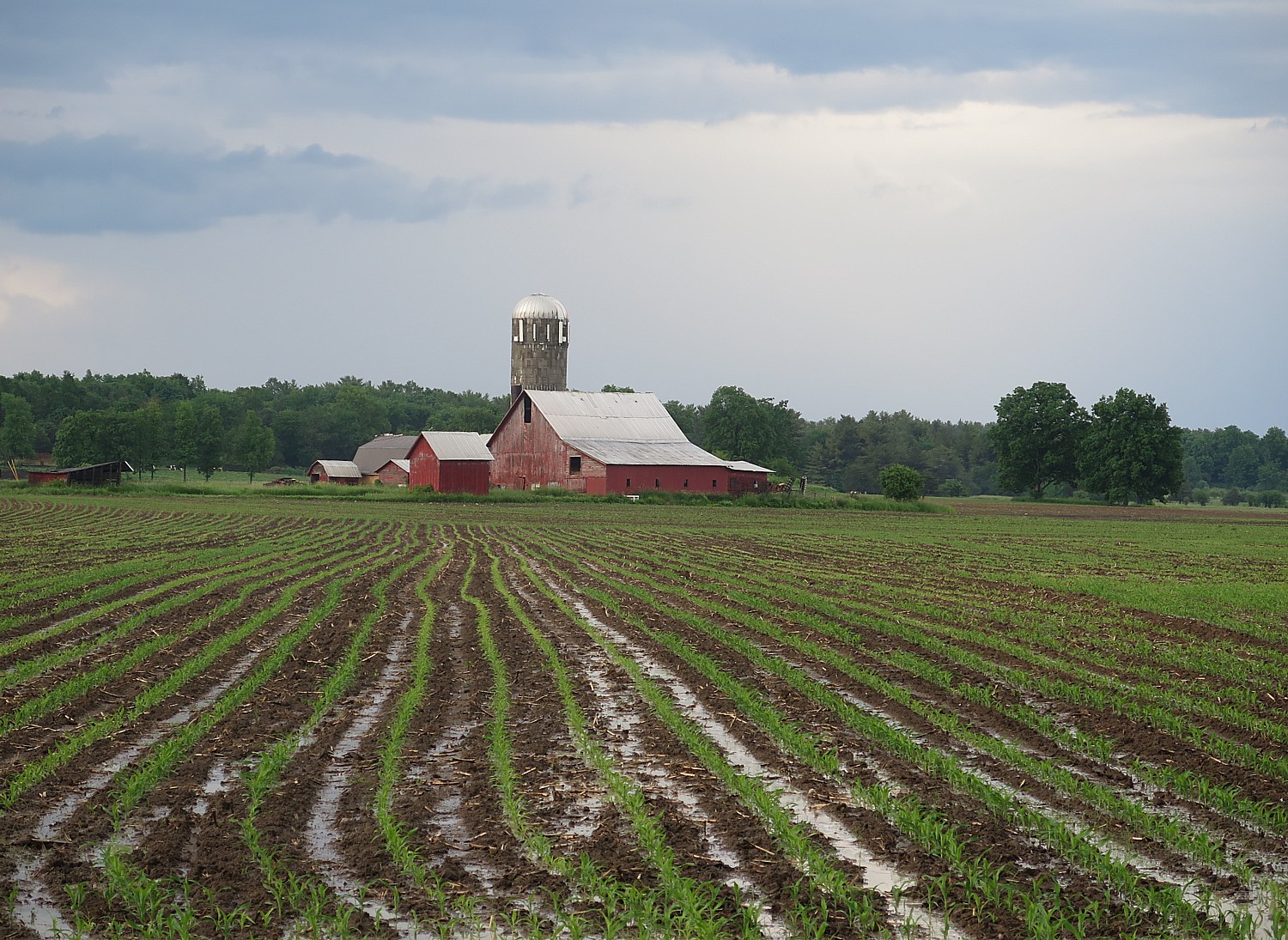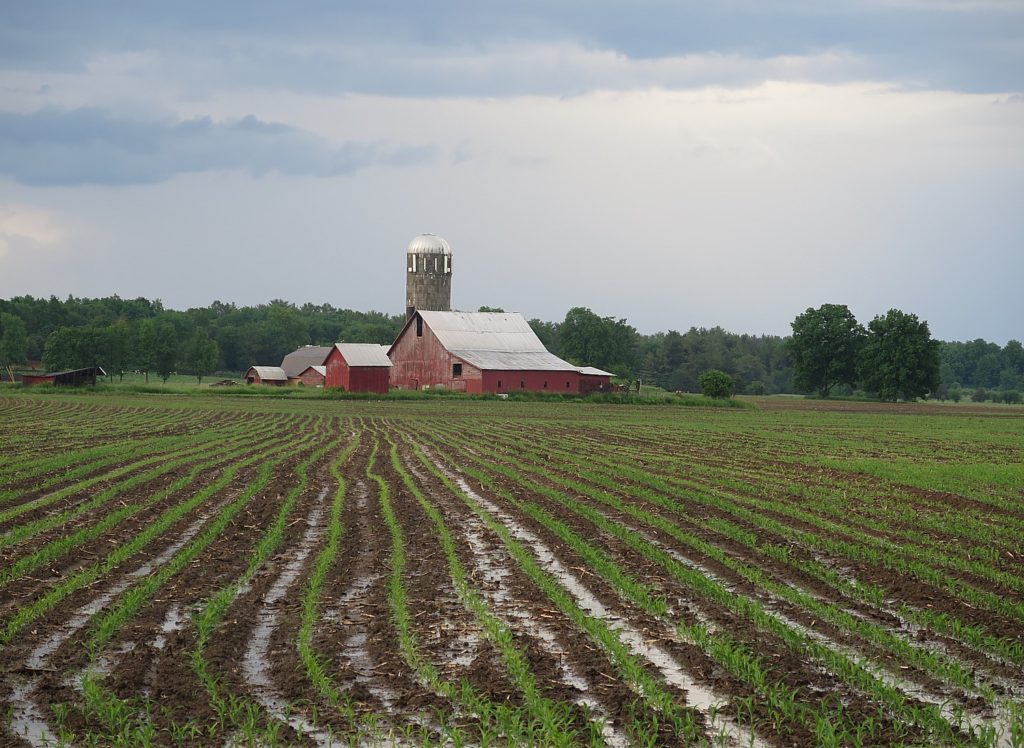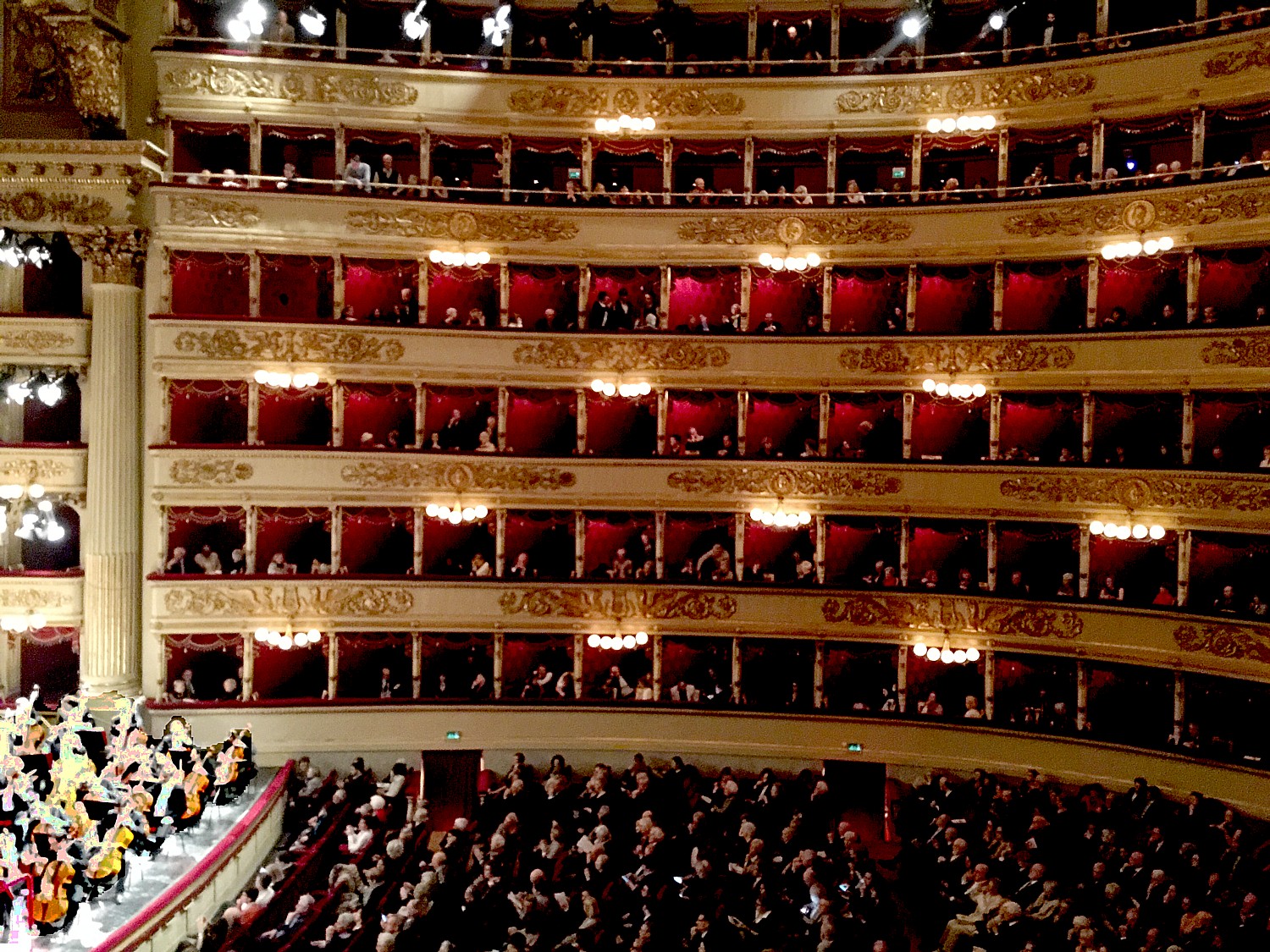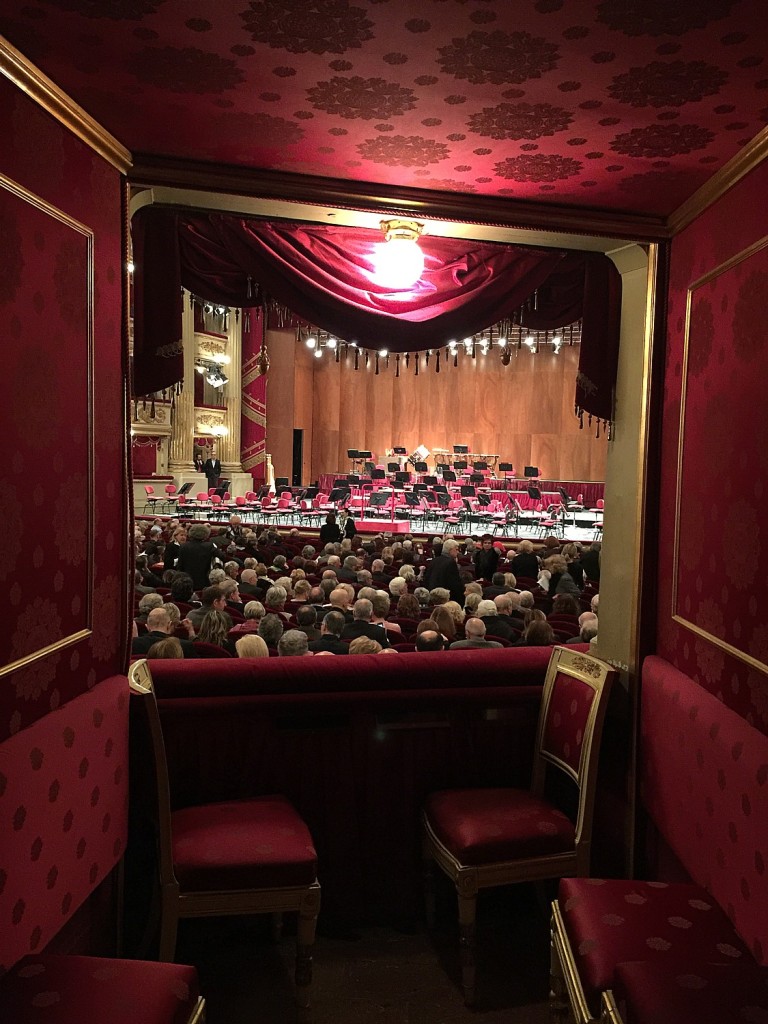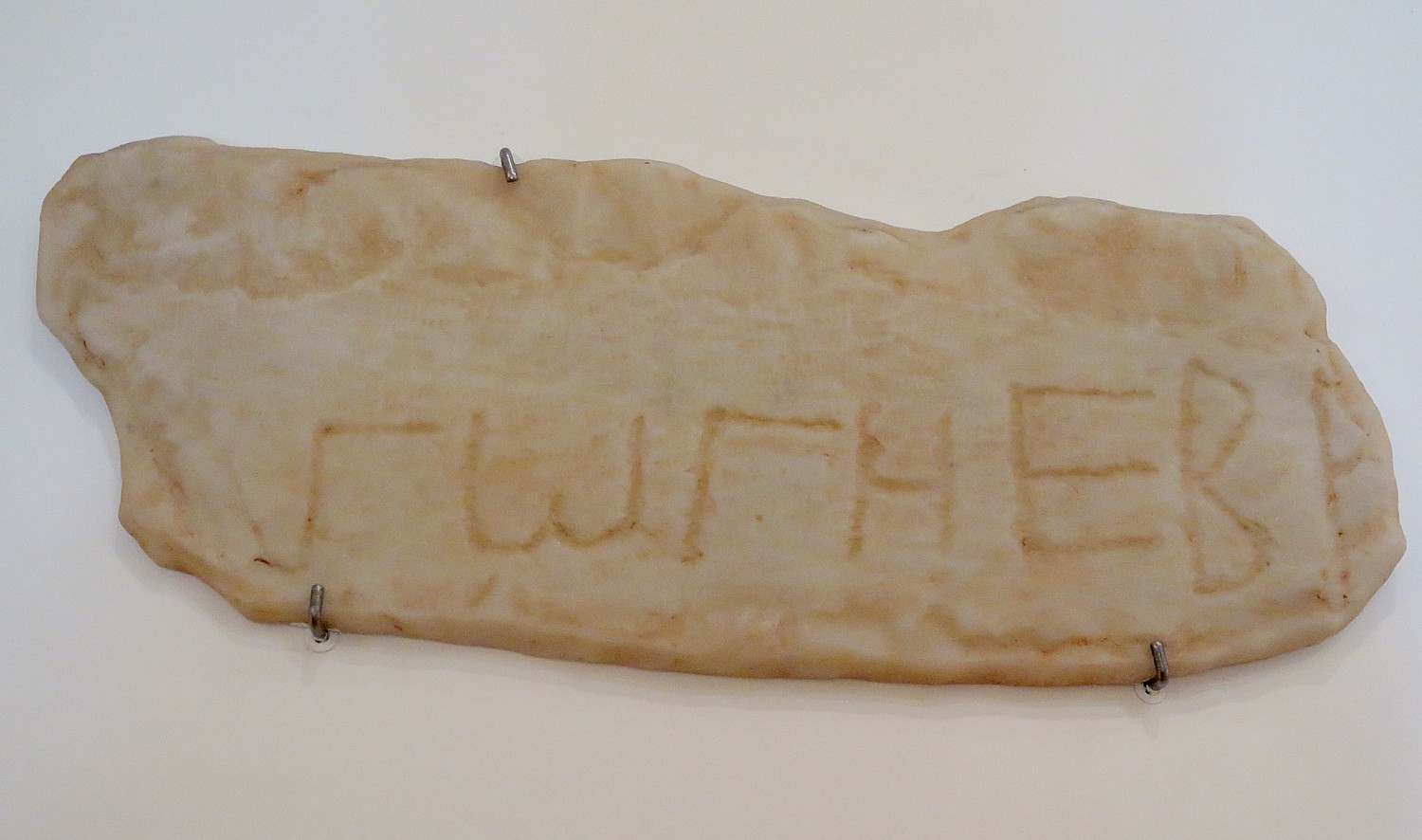
By Karen Rubin, Travel Features Syndicate
I first became introduced to the concept of Jews in Athens when I meet Vassilas, my Context Travel walking tour guide. He meets me in the district which is known today as Monasteraki, but as we walk through the flea market area, he mentions that it was originally called Yusurum named for a Jewish family of tradesmen who built a store in the area.
Athens did not have a “Jewish Quarter” per se, he tells me, sensing my interest, but just a few blocks away, there once were a few Jewish synagogues, only one that is still in use today. (There is also a Holocaust Memorial in a small pocket park there, at the bottom of a street that leads up to the Acropolis.)
There is limited information, he tells me, about Jews in Athens during antiquity; most of the Jews who lived in Greece up until modern times came after the Spanish Inquisition, in1492.
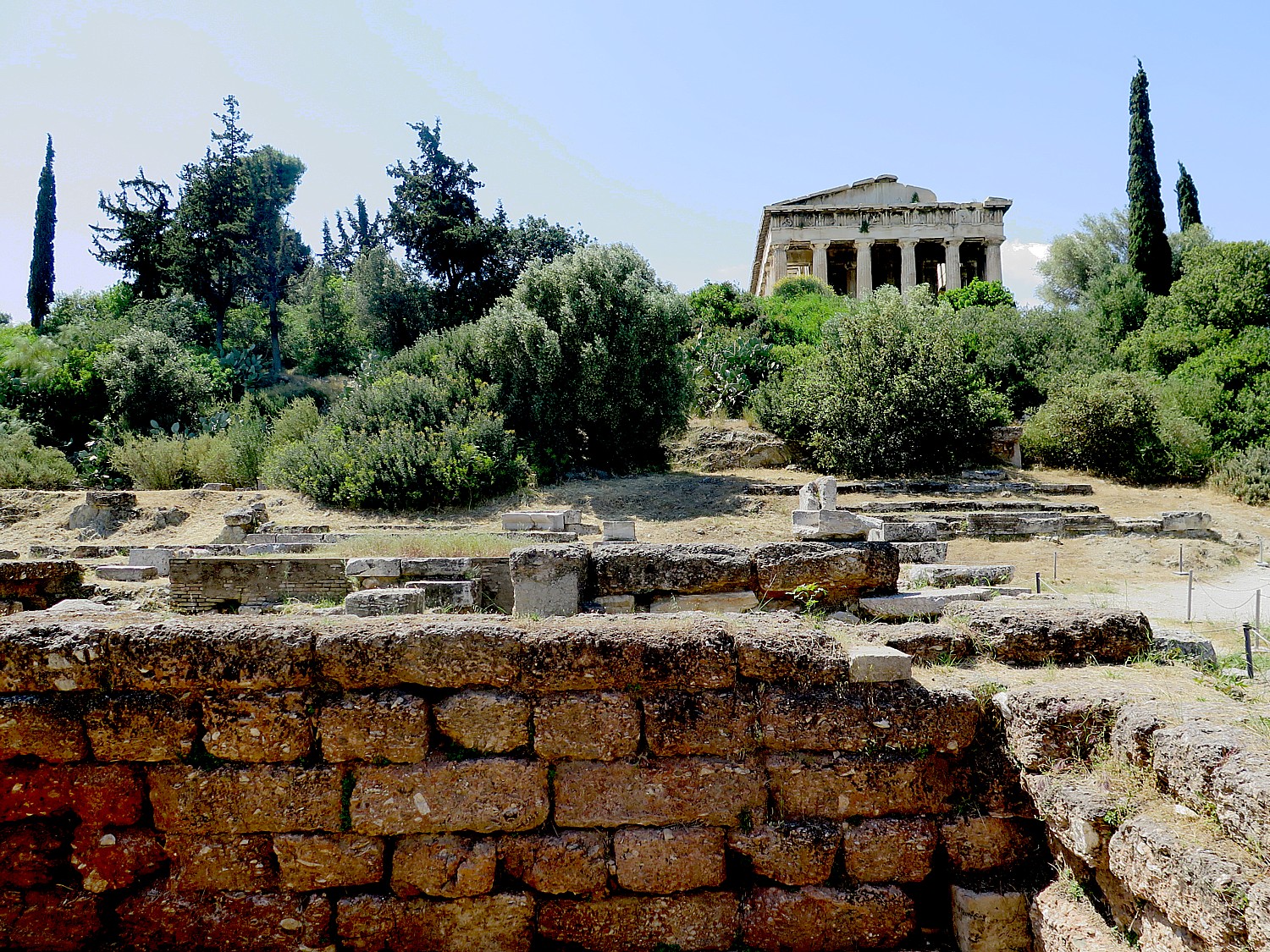
He is taking me on Context Travel’s “Everyday Greeks in Ancient Times” walking tour (www.contexttravel.com, [email protected], 800.691.6036), and as and we stand before humanity’s first House of Parliament in the ancient Agora, ancient Athens’ political center, he points out that just off to the side a marble marker was found, indicating where one of the earliest synagogues very likely stood, dating from at least the 3rd C BC.
That’s when he mentioned that Athens has a Jewish Museum (not on any tourist map), but he put a dot on my map so I could walk there on my own.
When he takes me into the astonishingly fine museum at the Agora and points out a small decorated ceramic vessel that Socrates, himself, might have used to drink the poison hemlock, he gets me thinking: one of reasons why Socrates was executed by Athens was because he questioned its religious system of 12 gods. Plato, Socrates’ student, later wrote that Socrates said, ‘I hear the voice of a ‘god’ – a ‘demon’ (spirit) in me.” I wondered in that moment whether Socrates had been influenced at all by the Jews of Athens who would have believed in monotheism.
After my “Everyday Life in Ancient Greece Tour” with Vassilas , I set out to find the Jewish Museum, indicated by the dot on a map
I don’t have a street address, and when I get to what I believe is the corner where it should be, I ask a private security guard who has no idea where it is. But an older gentleman overhears me and walks me around the corner to the Jewish Museum.
The Jewish Museum is only recently moved to this downtown location, but it offers a permanent collection and special exhibitions that tell the history of Greek Jews , which I am surprised to learn is the oldest Jewish community in Europe.
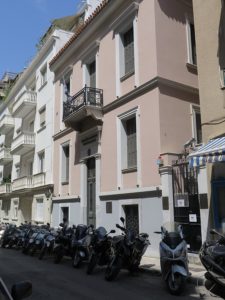
Indeed, there is a replica of the marble sign from the Agora (the original is in the Agora Museum but not exhibited publicly), that dates from possibly the 5th C BC, which had set me on my quest.
Jews came to Greece before the destruction of the First Temple. They were merchants –
In Athens, Jews did not live in a Jewish Quarter, like in Corfu, Rhodes or Thessalonki, but lived around Athens, though they tended to live near the synagogue.
It is not known how many Jews lived in Greece at its peak – during the Holocaust, archives were burned. But prior to the war, Thessaloniki had 70,000 Jews; there were 29 communities.
Today, there are 5,000 Jews living in Greece – 3000 of them in Athens (a tiny number compared to the population). There are nine communities that are most active, with Jewish schools.
“It’s a challenge to keep the heritage,” a museum docent tells me. “Many come here and don’t expect fo find a Jewish community.”
It is 1:30 pm when I arrive at the Museum, which I discover is only open from 9 am-2:30 pm. So I dash through to see as much as I can before it closes.
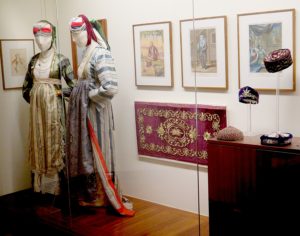
The exhibits, which offer some fascinating artifacts, trace the history of Jewish settlement in Greece beginning 3 rd C BC. The collection contains more than 10,000 objects (some that can only be found here) pertaining to domestic and religious life. The oldest itemss are rare textiles and ante nuptial contracts from the 16th century C.E. Clothes and household items offer a vivid, personal picture of everyday life in the Greek Jewish communities from the mid-18th until the 20th century.
The exhibits are organized by themes, relating to history, the cycle of time and human life.
As I go about the museum (I only have an hour before it closes), I learn that in 48CE, there is evidence of the Apostle Paul preaching in synagogues of Corinth, Salonika and Verola.
Later, when the Ottoman Empire took over, the Ottomans gave Jews equal rights with Christians (that is non-Muslims).
When Sephardic Jews were expelled from Spain at the end of the 15 th C, they settled in the Ottoman Empire, including Greece – with most going to Salonika.
Greece became a state in 1832, and the Greek Constitution of 1844 gave equal rights in 1844. In 1882-1920, the Jewish community was recognized as a legal body During this period, Zionism took hold and many Jews emigrated to Palestine under Ottoman Rule.
The Greek government of Eleftherios Kyriakou Venizelos supported the formation of Jewish state, even before the Balfour Declaration. The Greek Foreign Secretary Niolaos Politis said in 1917, “The foundation of a Jewish State in Palestine would end the injustice that weights on the whole of humanity for over 20 centuries.”

Prior to World War I, the number of Greek Jews grew to 100,000 (65,000 in Solinika), and enjoyed “peace, speech, assembly freedom and were admitted into mandatory army service .”
Then the Holocaust came. Many Greek Jews joined the Resistance. There are video stories of survivors of Shoah and lsits of family names like Nissm, Aruch, Yussuroum , Matathias, Bakolas, Yeshua, Kostis, Braki, Felou.
Support of the Greek Government
The Greek government has been supportive of sustaining its Jewish heritage (this despite the neo-Nazi group that has been voted into Parliament).
The Jewish Museum of Greece was founded in 1977 to collect, preserve, research and exhibit the material evidence of 2,300 years of Jewish life in Greece. As a historical and ethnographical museum its main interest is to provide a vivid picture of Jewish life and culture as it was during those centuries.
The new building is organized in permanent exhibition areas with thematic modular exhibits, an art gallery, a periodic exhibition space, a research library, a space for educational programs, a photo archive and laboratory and a conservation laboratory.
“The idea of building a Jewish Museum of Greece was first conceived in the 1970’s by members of the Jewish Community of Athens,” the literature states. The Museum that was first established in 1977 consisted of a small room next to the city’s synagogue and housed objects salvaged from WW II, including artifacts, documents and manuscripts of the 19th and 20th centuries, jewelry of the Jews of Thrace that had been seized by the Bulgarians in 1943 (returned to the Greek government after the abdication of the Bulgarian king and the establishment of a communist regime in the country).
Over the years under Nikos Stavroulakis, director of the Museum until 1993, the collection expanded with rare books and publications, textiles, jewelry, domestic and religious artifacts.
The Museum soon began to attract the attention of many visitors, researchers and donors. In 1981, the Association of American Friends was founded, followed, a little later, by the Association of Friends of the Jewish Museum of Greece, with members of the Jewish Communities of Athens and Thessaloniki.
With substantial financial support from the Greek Ministry of Culture and the Associations of its Friends, the old building was renovated and, in late 1997, 20 years after it first opened its doors to the public, the Museum moved to 39 Nikis street, in the center of Athens.
The Museum’s collections include more than eight thousand original artifacts, testifying to more than 23 centuries of Jewish presence in Greece.

Besides a few objects which Asher Moissis, president of the Jewish Community of Athens, had collected after the war, the core of the initial collection was made up of items that had been returned to Greece by the Bulgarian government, after the establishment of a Communist regime in that country. These included personal effects, jewelry, domestic items, temple objects and documents, which belonged to the Jews of Eastern Macedonia and Thrace and were confiscated after 1941, when the area fell in the Bulgarian zone of occupation. The confiscated items had been meticulously recorded and became the first significant body of artifacts of the collection.

This core collection kept growing, mainly through the donations of individuals and communities, initially from the area of Thessaly, the island of Rhodes and the city of Ioannina. Besides rare 17th – 19th century books and publications, a significant number of ritual textiles was assembled, most dating from the Ottoman times (14th-19th centuries), and soon became one of the Museum’s main attractions for both visitors and researchers. In 1984 the Jewish Community of Patras was dissolved for lack of members and the interior of its synagogue, along with its textiles and ritual objects was bequeathed to the Museum. These religious artifacts are extremely significant, invaluable and irreplaceable, since they come, for the most part, from synagogues and communities, which no longer exist, according to the museum’s notes.
More donations from individuals and communities from both Greece and abroad continued to pour in, further enriching the collection. The Museum’s relocation to its new premises (1998) brought a renewal of public interest and more donations followed.
In general, the Museum has been receiving an average of 250-300 new artifacts every year, since the year 2000. Its unique collections, which are continuously being expanded, document more than four centuries of Jewish life in Greece, considering that the oldest textiles and antenuptial contracts date from the 16th century C.E.
Recent special exhibitions (on through September 2016) include “Hidden Children in Occupied Greece.”
Allocate at least two hours.
Jewish Museum of Greece, Nikis 39, Athens 105 57. Phone: 210 32 25 582, e-mail: [email protected], visit www.jewishmuseum.gr.
____________________
© 2016 Travel Features Syndicate, a division of Workstyles, Inc. All rights reserved. Visit goingplacesfarandnear.com, www.examiner.com/eclectic-travel-in-national/karen-rubin,www.examiner.com/eclectic-traveler-in-long-island/karen-rubin, www.examiner.com/international-travel-in-national/karen-rubin and travelwritersmagazine.com/TravelFeaturesSyndicate/. Blogging at goingplacesnearandfar.wordpress.com and moralcompasstravel.info. Send comments or questions to [email protected]. Tweet @TravelFeatures. ‘Like’ us at facebook.com/NewsPhotoFeatures

